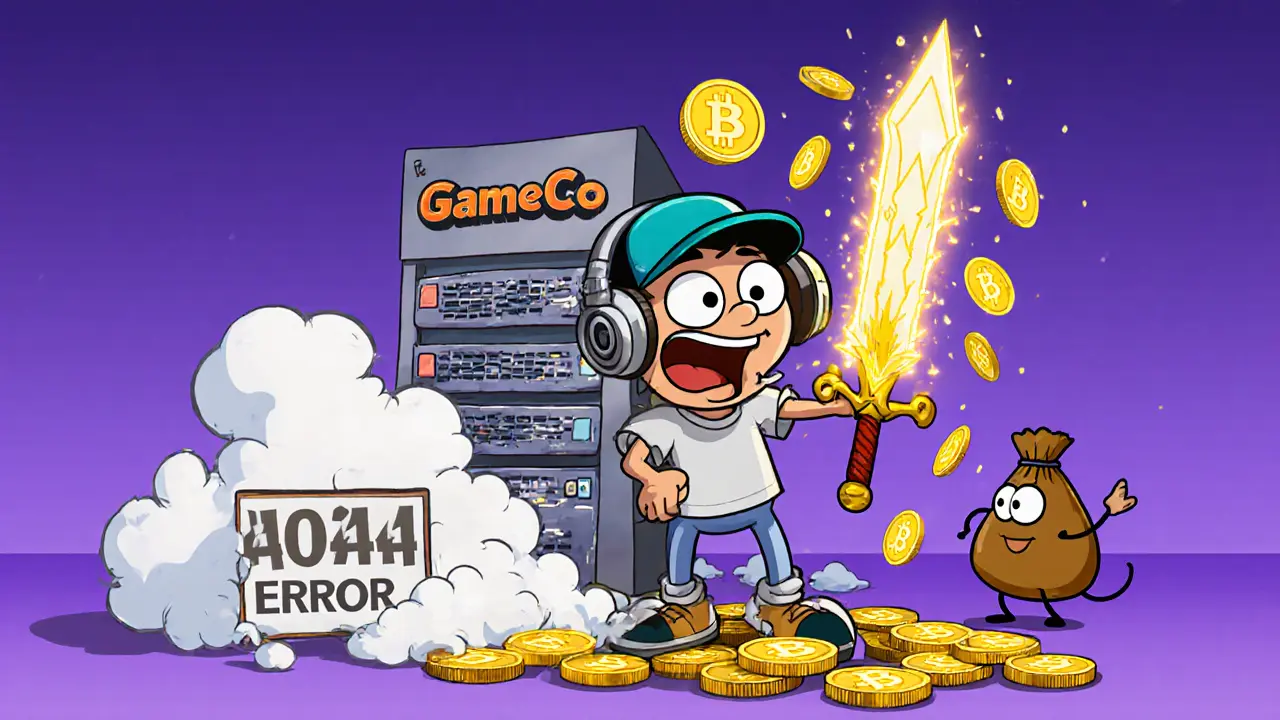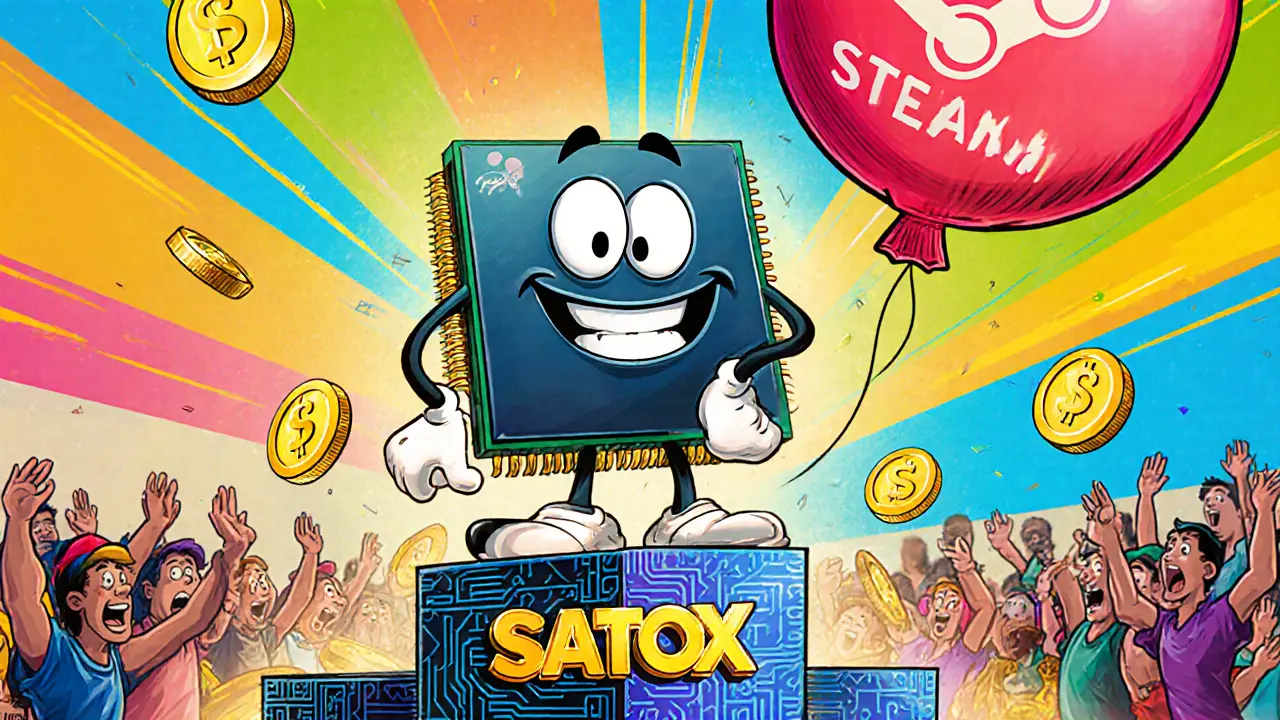Play-to-Earn: How Gaming Meets Crypto
When talking about Play-to-Earn, a model where players earn real crypto assets by playing blockchain‑based games. Also known as P2E, it blurs the line between entertainment and investment. play-to-earn has turned casual gamers into micro‑entrepreneurs, and the ecosystem keeps expanding with new tokens, marketplaces and regulation updates. Below you’ll see why understanding the whole picture matters before you jump in.
One of the biggest drivers behind Play-to-Earn is GameFi, the financial layer that adds token rewards, staking and liquidity to games. GameFi lets developers embed real‑world economics into virtual worlds, so a player’s skill or time translates into tradable assets. This connection means that token price, game balance and community health all influence each other. In practice, a well‑designed GameFi project can sustain a vibrant economy that keeps players engaged for months.
Another catalyst is the Airdrop, a distribution of free tokens to early users or community members. Airdrops serve as a low‑cost way to seed a Play-to-Earn ecosystem, attract users and generate buzz. Projects often tie eligibility to actions like holding a certain token, completing quests, or joining Discord groups. When an airdrop lands, it can instantly boost a game’s liquidity and give players a taste of real earnings, sparking a self‑reinforcing cycle of growth.
Underlying the rewards and incentives are NFTs, unique digital assets that represent in‑game items, characters or land. NFTs give players true ownership; they can trade, upgrade or combine them across platforms. Because each token is provably scarce, NFTs create scarcity that fuels market demand. In a Play-to-Earn setup, an NFT might be a rare sword that boosts earnings, or a piece of virtual land that generates passive token flow, making the line between gameplay and investment even thinner.
Play-to-Earn encompasses GameFi, Airdrops and NFTs, but it also leans on solid tokenomics and compliance. Articles in our collection explain how token supply, vesting schedules and reward formulas affect long‑term sustainability. They also cover crypto‑trading compliance in restricted countries, giving you a roadmap to stay legal while earning. Knowing the regulatory landscape helps you avoid frozen assets, high fees or sudden bans that could wipe out your earnings overnight.
Exchange reviews are another piece of the puzzle. Whether you’re swapping earned tokens on Binance TH, using DeDust on TON, or checking out the Blackhole DEX on Avalanche, platform fees, security features and liquidity matter. A bad exchange can eat into your profits, while a good one smooths the path from in‑game rewards to fiat or other crypto holdings. Our guides compare fees, security protocols and user experiences so you can pick the right gateway for your Play-to‑Earn strategy.
What you’ll find next
The articles below dive deep into each of these areas—compliance tips for restricted markets, step‑by‑step airdrop claims, detailed exchange reviews and token‑specific breakdowns. Browse the list to uncover actionable insights, avoid common pitfalls, and fine‑tune your Play-to‑Earn plan. Ready to see the full collection?


